According to the FDA, the average American eats 3,400 mg of sodium a day, despite the Dietary Guidelines for Americans recommending less than 2,300 mg per day. Moving down to roughly a teaspoon of table salt a day can make your tastebuds weep from dullness, but what if you could get less salty satisfaction from your salt shaker and more from your utensil?
Japanese food, beverage, and pharmaceuticals company Kirin recently announced that it and a team of researchers have developed a "chopstick device" that uses electrical stimulation to make food taste up to 50 percent saltier than it would otherwise.
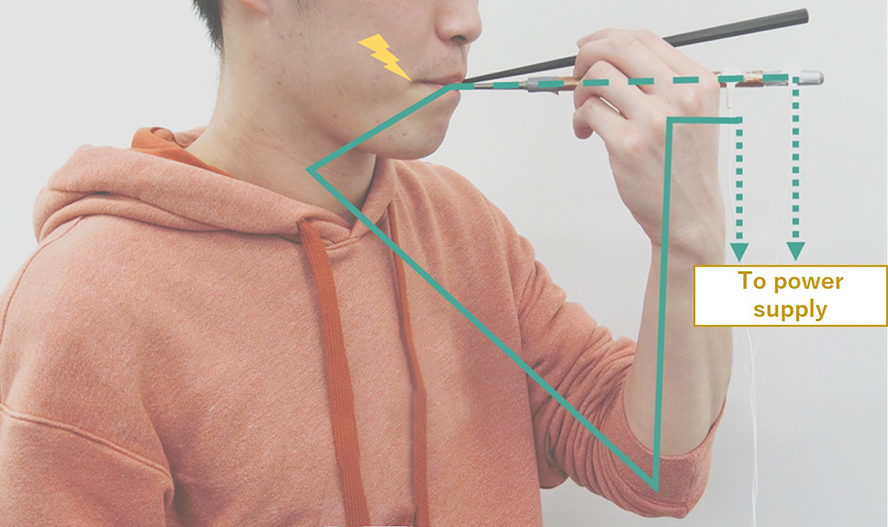
The qualifier "device" is likely here because these aren't your typical chopsticks. They feature a cable that connects to a power supply, making them bulkier than typical chopsticks and not the kind of utensil you'd expect to be thrown in with a delivery order for free.
The chopstick device, made by researchers from the Meiji University Dr. Homei Miyashita Laboratory of the Department of Frontier Media Science, School of Interdisciplinary Mathematical Sciences in cooperation with Kirin, uses what the team calls "electric taste sensation," which uses electricity so weak that it won't "affect the human body," Kirin's April 11 announcement claimed.
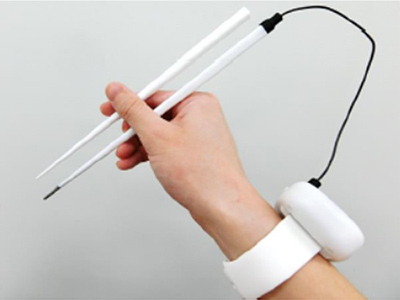
Per Kirin, the electricity "adjust[s] the function of ions such as sodium chloride, (which is the basis of salty taste), and sodium glutamate, (which is the basis of sweet taste), to change the perception of taste by making food seem to taste stronger or weaker."
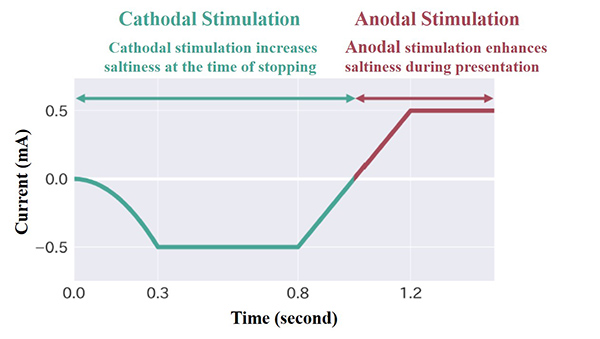
The study consisted of 36 people between the ages of 40 and 65. The researchers used the chopstick device to compare perceived saltiness from a food-imitating gel containing 0.80 percent salt and another gel with 0.56 percent salt to represent a low-sodium food. Researchers then looked at the "perceived saltiness" of each.
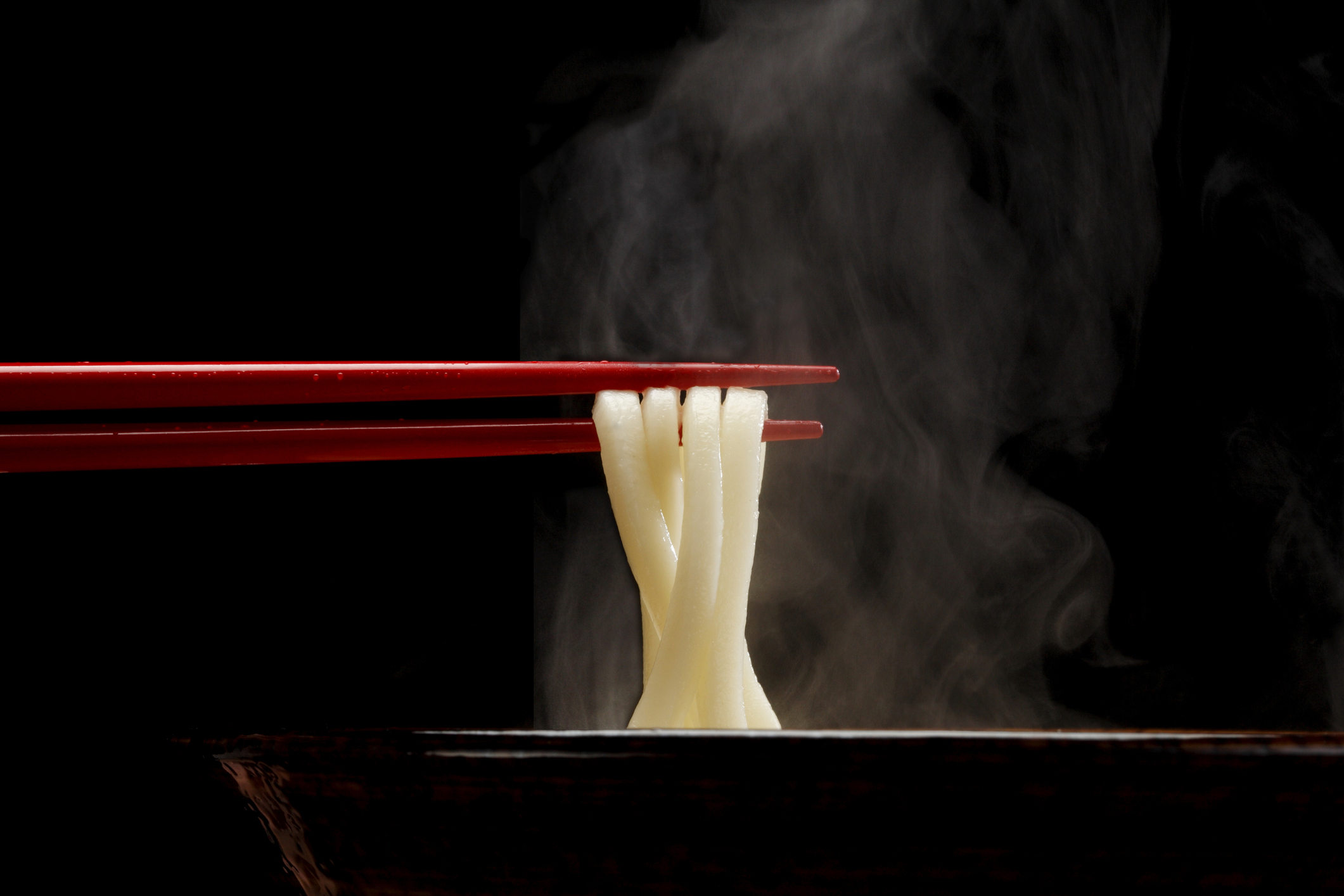
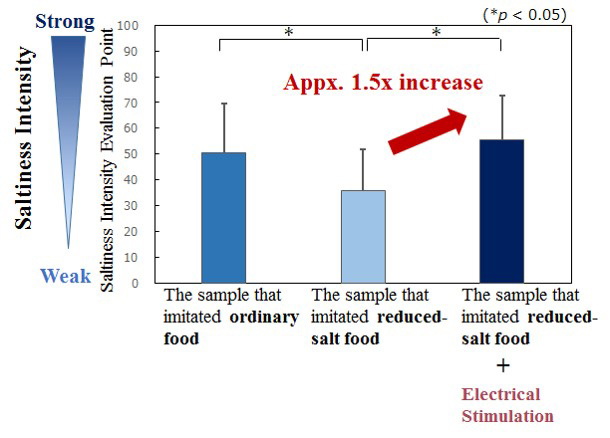
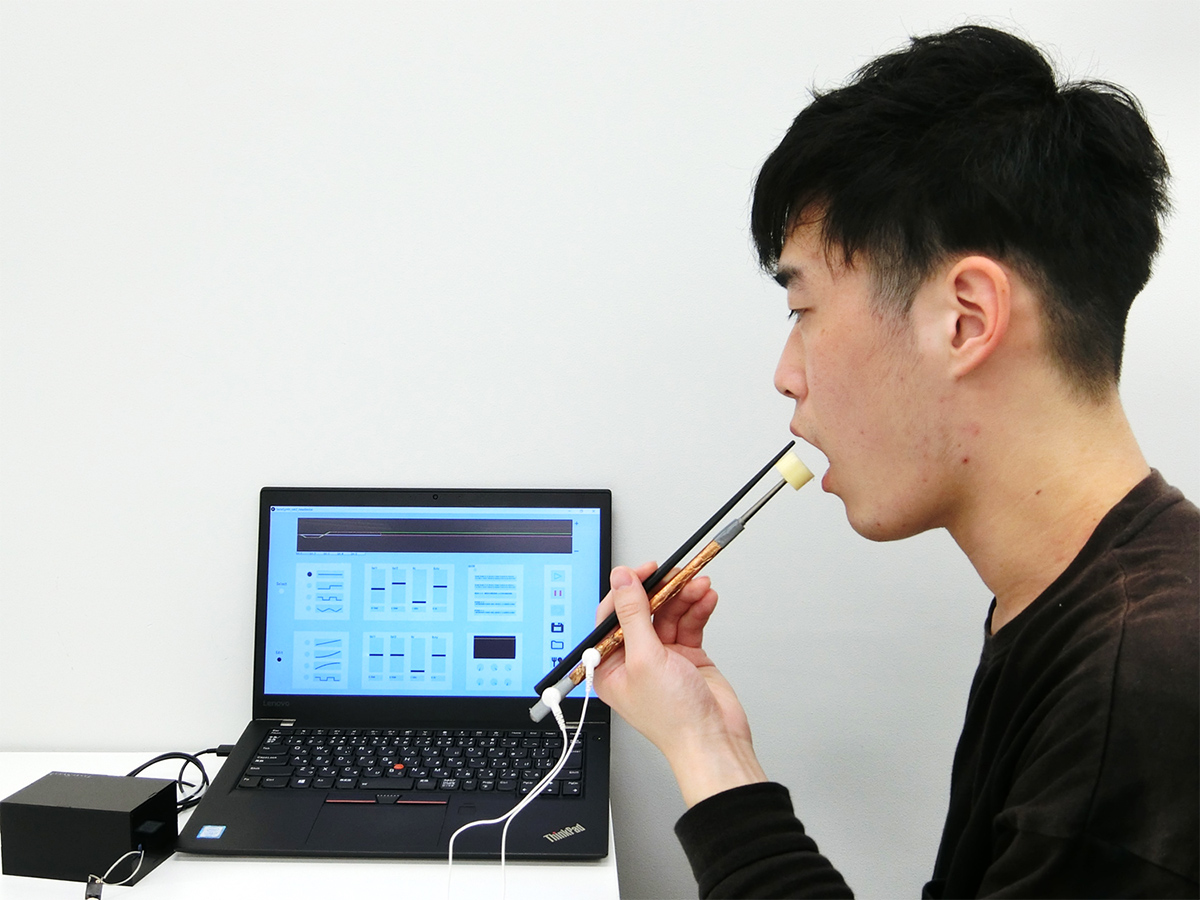

 Loading comments...
Loading comments...
